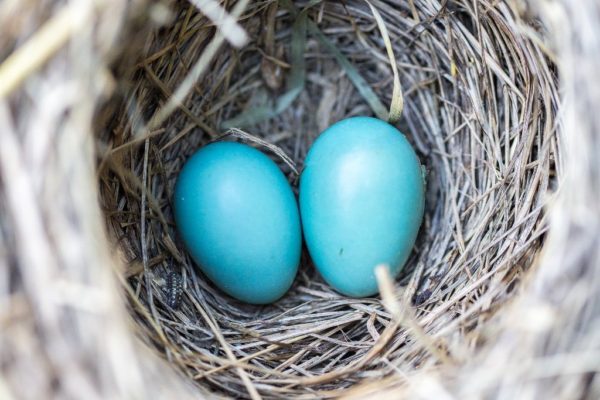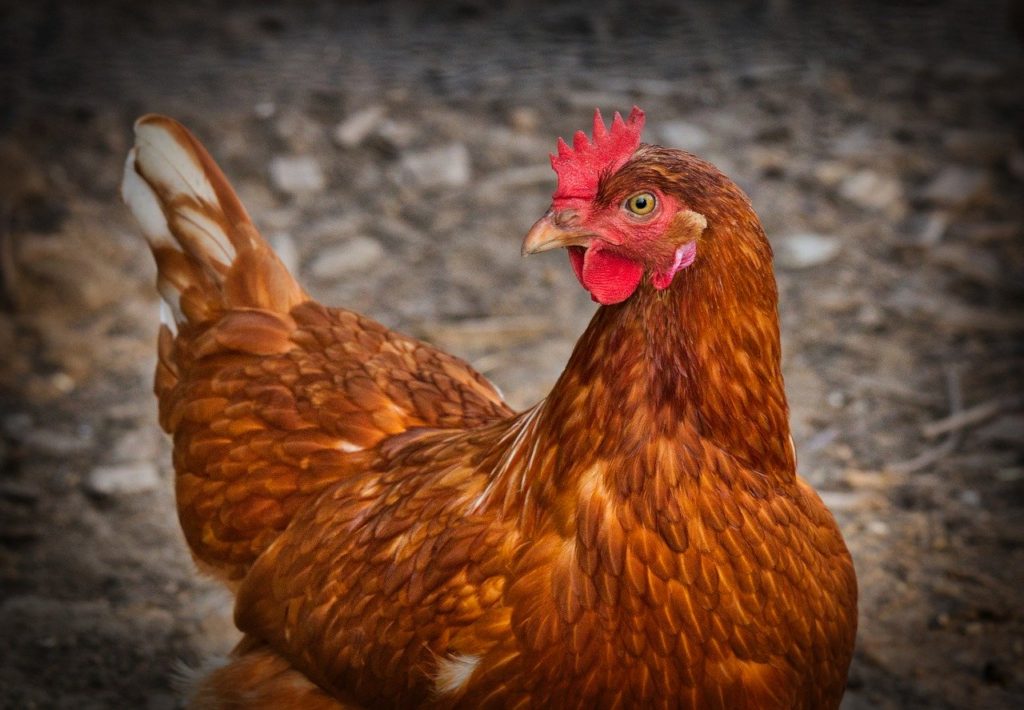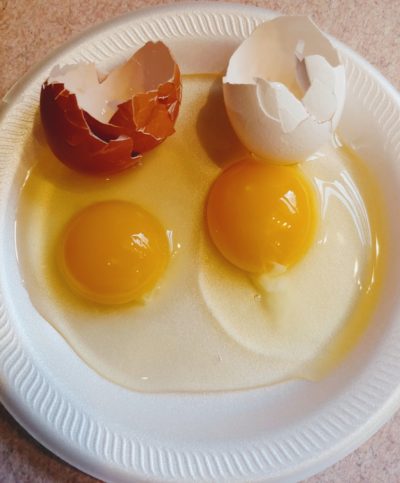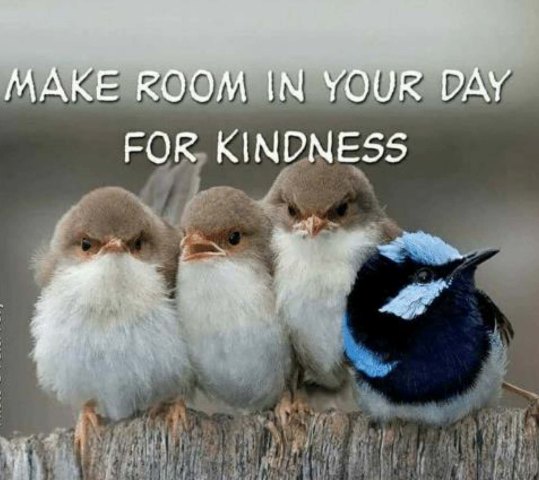This is an observation lab about differences and kindness. Scientists don’t always mix, shake, and blow stuff up, sometimes they have to observe and think about what their observations mean. In this lab, you will learn that differences are only on the outside.
Lab Supplies
White egg
Brown Egg (or two eggs of other colors)
One plate
Magnifying Glass
So Many Eggs, So Many Colors
If you completed the Anatomy of an Eggshell, you will know that eggs come in different colors. We are mostly familiar with white and brown shells but eggs also come in green, blue, tan, speckled, pink, gray, and so many more hues from the color palate. What gives eggs different colors are the genes from the type bird that laid the egg – domestic or wild.

The broody hen is a chicken that just wants to hatch eggs. They don’t care what kind of egg they sit on, it can be any color and any size. If you give them a ping-pong ball, they will try to hatch it. The hen does not care about the differences.

What is the Difference?
In this lab, you will need two different colored eggs. It was easy to purchase white and brown eggs so that is what we have used. Have your plate ready. Crack each egg open and place the shells near the yolk so that you know which insides came from each shell. If it is easier, you can use two different plates.

Observation Time
Look closely, using your magnifying glass. Do you see any differences? For the most part, they look the same, right? One yolk might be a little bit smaller than the other or maybe a little more orange, but basically we can probably all agree that the inside of the egg is similar. So..
Would you agree…
…that the color of the shell does not change the inside?
Would you also agree…
…that the biggest difference is the color of the shell?
So?
The differences are only what you can see on the outside. You have no idea what the inside is like until you break the egg. When you do, the color on the outside of the egg does not affect the inside in any way.
People are like these two eggs – our only differences are on the outside. We have different colored hair and eyes, our nose shapes are different, our skin color can be different, and we might even have freckles. Do these differences affect what is on the inside of the person?
All eggs will hatch a bird and all the birds will be different, dependent upon the parent birds. How boring it would be if ‘all’ birds were red. Likewise, how boring it would be if everyone were ‘exactly’ the same.
Differences are only on the outside.

The broody hen wants to hatch eggs and does not care about the differences. She will treat each egg with the same gentle kindness no matter the color or size.
Why do we care about differences? When a person looks different or perhaps speaks differently, think about the eggs in this lab. You can be sure that the differences are only on the outside. Look past what you see and you will find that the person has the same feelings and needs. All people want to feel accepted and they need friends. How cool would it be if we were all like the broody hen! It matters how we treat others!
Each Kindness
Each kindness counts! If you do not show others kindness you might never know what kind of friendship they might offer.
Read Each Kindness as a back up to this observation lesson. Chloe decides that the new kid is not worth being friends with based on outward appearances. Chloe loses the opportunity to correct her wrongs. (Click on the photo to read more.)

Parents: I recommend adding this book to your library because you will want to revisit it from time to time. It has a very powerful message about kindness and compassion. Everyone should apply the message of this book to their own lives.
Consider These What-if Questions
Have you ever noticed someone who didn’t have another person to play with? Maybe someone sitting alone at a table? What about another kid eating lunch alone at a table? What about the kid who has a hard time following a group conversation? Or maybe the kid who never has a partner?
- What-if we were like the broody hens who don’t care about differences?
- What-if we involved others in our friendship groups?
- What-if we asked the student alone at the table or at lunch to join us?
- What-if we helped the kid who had a hard time communicating?
- What-if it only involved speaking a little slower? Making sure they understand?
- What-if we stepped out of our comfort zone and made sure everyone had a buddy?
- What-if we considered other’s feelings as if they were our own?
What-if you

I pray that this posts changes the life of a person who needs someone to see beyond their outside appearance. Take time to see the ‘real’ person!
Comments are welcome!


